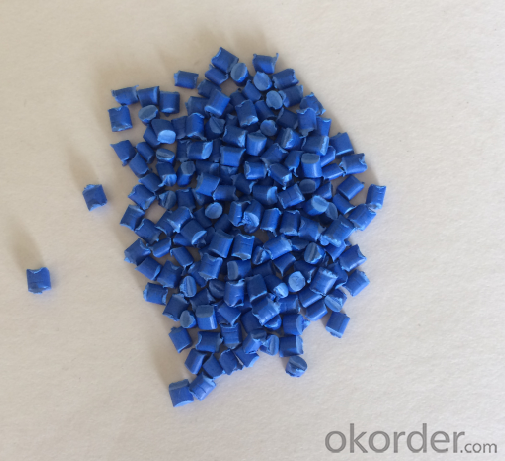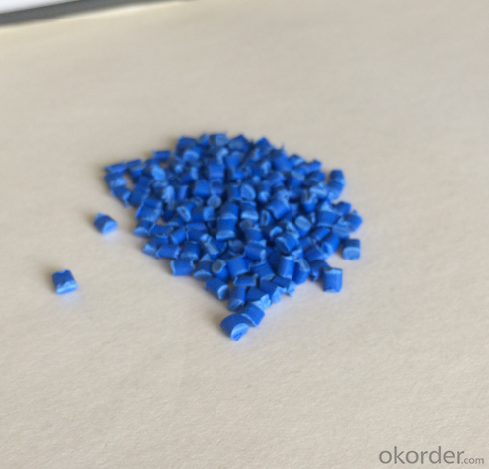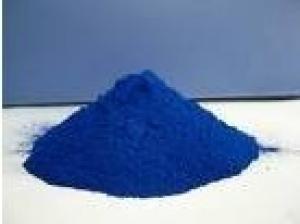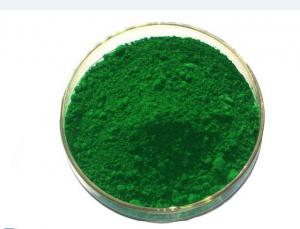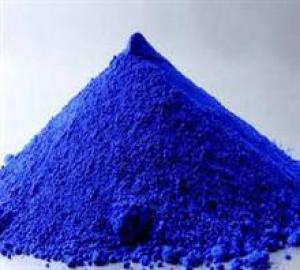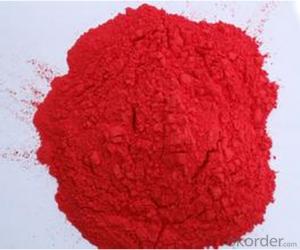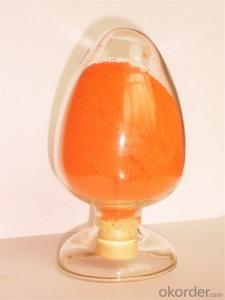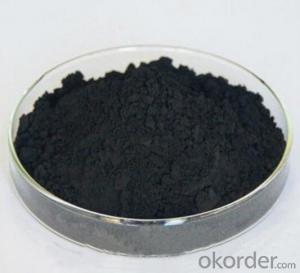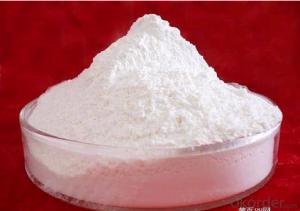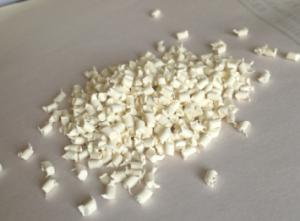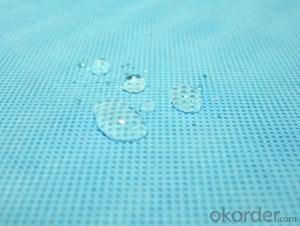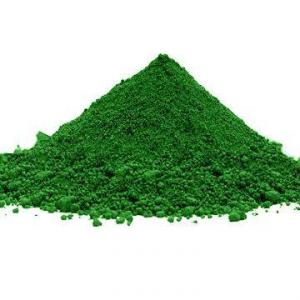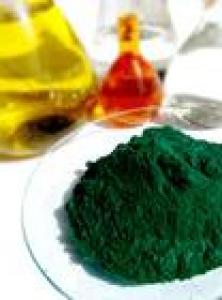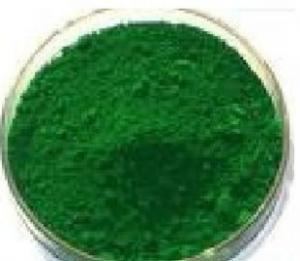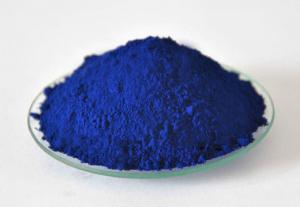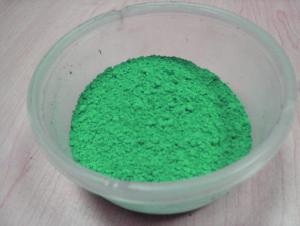High Quality Standard Blowing masterbatch
- Loading Port:
- Ningbo
- Payment Terms:
- TT or LC
- Min Order Qty:
- 1000 kg
- Supply Capability:
- 15000 kg/month
OKorder Service Pledge
OKorder Financial Service
You Might Also Like
Specifications
Masterbatch is a solid or liquid additive for plastic used for coloring plastics.
Advantage:
1.This series color masterbatches are of high concentration pigment with bright colors.
2.When they are used in resins, it shows better dispersing and stablility performance.
3.Also the mixture has the highest mechanical intensity preservation rate.
4.A broad standard color range available from stock as well as tailor made products develop according to customer requirements.
Resin Suitability
1.Polyolefine : HDPE,LDPE,LLDPE,PP,EVA,TPE,PVC,etc.
2.Non-Polyolefine: PET, PBT, PC, PA, ABS,AS,PS,POM,etc.
Application Areas
1.Fiber ( Carpet, Textiles, Upholstery, etc.)
2.Film ( shopping bags, casting film, multilayer film, etc.)
3.Blow Molding ( Medical & Cosmetic container, Lubricant & Paint container, etc)
4.Extrusion Molding ( Sheet, Pipe, Wire & Cable, etc.)
5.Injection Molding ( Automotive, Electronic, Construction, House wares, Furniture, Toys, etc.)
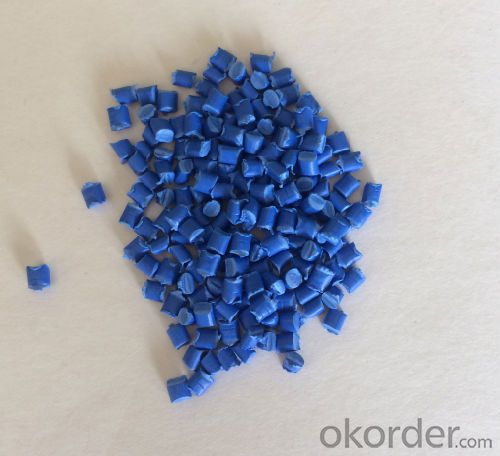
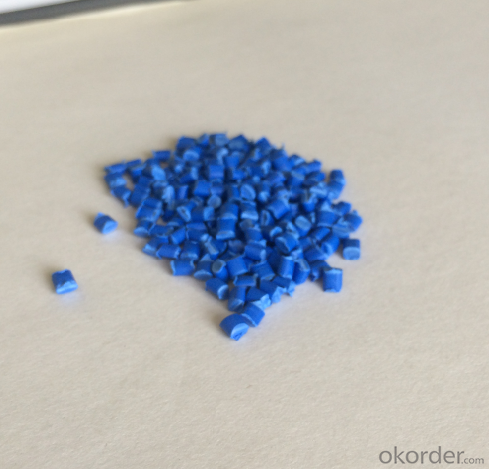
- Q: A.catalyzes chemical reactions.B.absorbs light.C.transports materials.D nverts energy to light.E s energy.
- pigment is the coloring of your skin and considering your skin gets darker under sunlight im going to say it absorbs light.
- Q: What does pigment mean?
- The natural coloring matter
- Q: What do chlorophylls, cartenoids and phycobilins reflect? And what wavelengths of light do they absorb?
- Carotenoids generally reflect yellow, orange, or red and absorb blue to blue-green light spectra. Xanthophyll absorbs well at 400-530 nm Beta-carotene absorbs most strongly between 400-500 nm. Fucoxanthin absorbs light primarily in the blue-green to yellow-green that penetrates deeper in water, peaking at around 510-525 nm and again at 450-540 nm. This reflects a yellow brown giving brown algae their color. Phycobilins are not found in leaves except as a phytochrome. They occur in Cyanobacteria (bluegreen algae) and Rhodophyta's (red algae) photosynthetic pathways as accessory pigments a part of the light reaction pigment systems energy donors to the reaction center. Phytochromes respond to far red between 700-800 nm. Phycoerythrin is a phycobilin pigment in rad algae that reflects red light and is therefore responsible for the color of most red algae.
- Q: What is the role of pigment in photosynthesis photosynthesis ?
- Photosynthesis can't happen without the pigment chlorophyll (which is green and is why leaves and stuff are green). Chlorophyll is found in chloroplasts, an organelle in plant cells. Chlorophyll harnesses the sunlight's energy in order to split water (into hydrogen pairs and oxygen) so it can be used in the photosynthesis process (ie. in order to make glucose, the food source for plants). Hope this helps! :D
- Q: what is the relationship between chlorophyll a, accessory pigment?
- Sativa- uplifting, high, trippy, baked out of your gourd, ****** up, spacy Indica- passing out, baked, stoned, sleepy, couchlock, retarded, weird dreams
- Q: what pigment are? give two example
- pigments found in plants, vegetables and fruits, make them look colorful. pigments found in animal skins, givie us colorful animal skins with variety of shades. Plant pigment Chlorophyll makes plant leaves look green. Plant pigment Carotenoid makes fruits and vegetables look orange, yellow, red. Plant pigment Phycobilin makes plants look bluish green or red.
- Q: Does albinism cause lack of ALL pigment, or just black pigment? Does this very on the species?
- Mammals and birds only have melanocytes (these produce varying amounts of brown or black pigment), so that's the only pigment that needs to be affected for them to display albinism. But other types of animals have multiple types of chromatophores. An albino snake, for example, would also need to have the cells that produce reds, yellows, and blues deactivated to appear white/colorless. For these animals to appear as albinos, all pigments would have to be affected.
- Q: whats it for? lol
- itz for ur beautifing ur skin.
- Q: what roles do pigments have in energy transfer?
- Pigments okorder /... When a photon of just the right amount of energy strikes an electron resonating in the pigment, the electron can absorb the photon and get promoted to a higher quantum level. The photon must have just the exact amount of energy to boost the electron from its current level to its new level or it cannot be absorbed. If the incoming photon is just right to promote an electron, in that pigment, the newly energized electron resonates along the bonds at the higher energy level where it can pass to the photosynthetic reaction center from the pigment array, to split water and take back an electron. Meanwhile the chlorophyll's electron passes to the electron transport chain to begin oxidative phophorylation.
- Q: HW HELP THIS IS COMLPCATED
- They're right. Chlorophyll is the Only pigment in plant cells.
Send your message to us
High Quality Standard Blowing masterbatch
- Loading Port:
- Ningbo
- Payment Terms:
- TT or LC
- Min Order Qty:
- 1000 kg
- Supply Capability:
- 15000 kg/month
OKorder Service Pledge
OKorder Financial Service
Similar products
Hot products
Hot Searches
Related keywords


